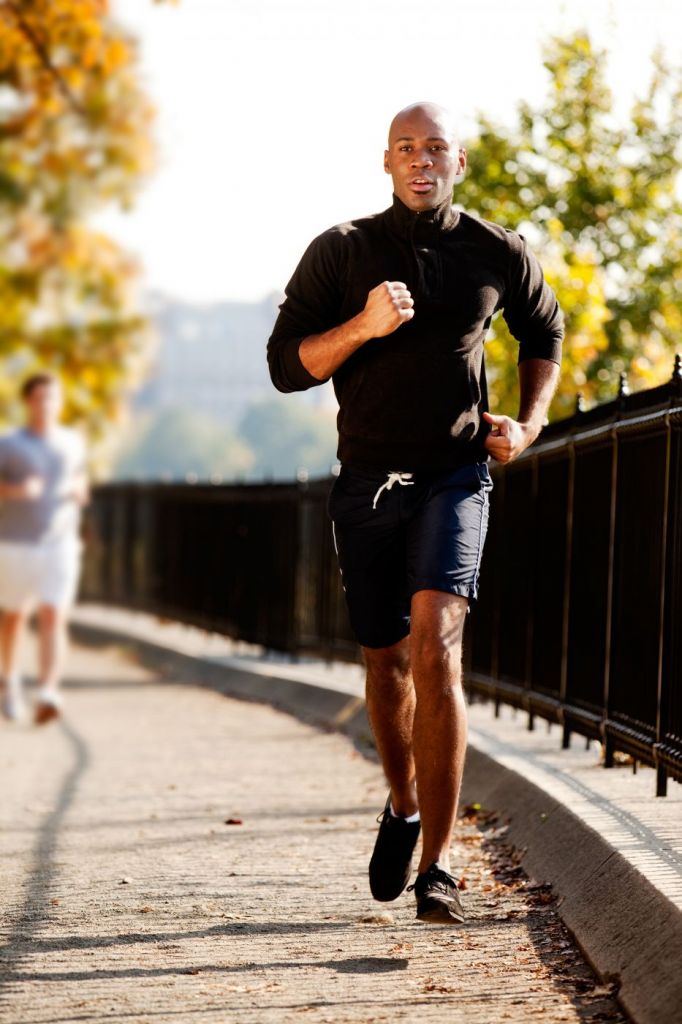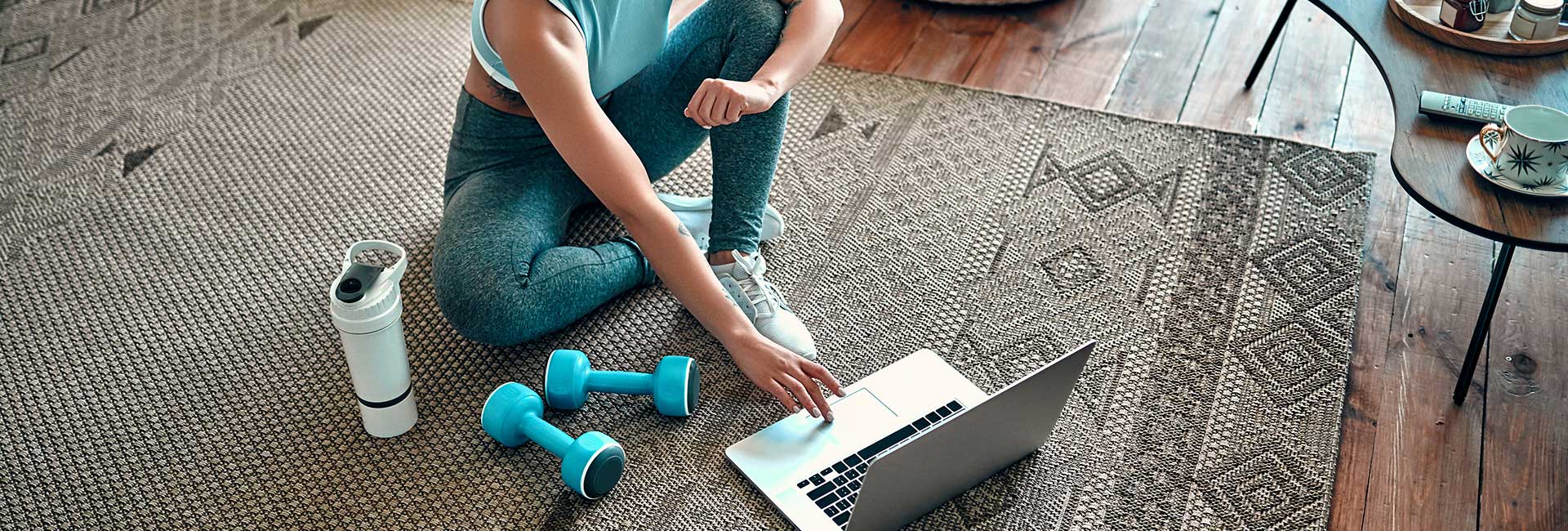A new year typically leads to many people making a commitment to, or at least thinking about, daily exercise. As physical therapists, we always support people adding movement to their schedule. However, anytime someone starts, returns to, or progresses their exercise routine, it’s important to take steps to avoid aggravating old musculoskeletal symptoms or creating new ones.
It is common, especially during the excitement of the new year, for people to perform an excessive amount of exercise, which can quickly cause muscle pain and soreness that then leads to discouragement and sometimes even prompts people to stop exercising altogether.
Whether you have never exercised before, have not exercised in years or months, or have just been on a hiatus lately, following these five simple tips will help you get to it safely and stick to it for the long run.
TIP #1 – Establish a Baseline
It’s inevitable, and normal, after exercising for the first time — or returning to exercise after a hiatus — to experience DOMS (delayed onset muscle soreness). While DOMS should not be feared or avoided, or viewed as a negative symptom or “new pain,” it is important to not overdo it during the early stages of your new exercise plan and to know the difference between pain/soreness and injury.
Whether you are currently experiencing musculoskeletal symptoms, or have older symptoms such as knee, back or shoulder pain that you have not experienced in a while, your goal should be to return to or increase your exercise without significantly aggravating those symptoms.
It is expected that you may “wake up” your symptoms to some extent, and this is not always indicative that you are making your symptoms or condition worse. An analogy that physical therapists often use in the clinic is that you “shock the system” when you have a sudden increase in stimulus (activity) to your nervous system, much like when going from a hot tub to a cool pool. The goal should be to establish a “baseline” of activity that you tolerate well and can build from … a level of activity where after completing it, you can say, “That went well,” even if there was a minor increase in your symptoms.
TIP #2 – Start Slow
When it comes to exercise, volume refers to the combination of overall duration, intensity/weight, and number of reps/sets of your activity within a routine or day. Regardless, you should always consider how much in total you are performing, especially if your priority is managing current or past symptoms. Mismanagement of volume tends to be a primary cause of aggravating symptoms. When starting or restarting an exercise routine, it’s bet to start slow and add volume over time. Again, the goal is to establish a baseline that you know you can tolerate, and build from there.
You do not have to start at the level of activity that you performed before right away. So, you used to perform exercise 6 days a week, or your friend who gave you their routine performs it 5 days a week — there is nothing wrong with starting out at 3 days a week and gradually adding one day to the weekly routine after completing it successfully for 1-2 weeks. Generally, taking a gradual approach is more methodical and can save you time, versus trying to jump ahead too quickly which can lead to a discouraging level of DOMS and can aggravate musculoskeletal symptoms.

TIP #3 - Warm-up
Taking time to warm up before an exercise session seems simple and obvious, but it is often overlooked or dismissed as less important than the workout itself. It is always a good idea to get the blood flowing and let your neuromuscular system know that it is about to have to work and control the body and its various parts. Dynamic warm-ups are the best way to prepare your body for a workout.
TIP #4 – Utilize Interval Training with a Running/Walking Program

TIP #5 — Focus on Form First with Strength/Weight Training
Rather than grab the heavy weights right away, find a weight that allows you to perform a higher number of repetitions with good form. It’s even okay to start with body weight only at first, especially if you’re new to lifting or have taken a long break from your program. Typically, you will experience less of a “shock to the system” if you begin with lower weight/intensity and a higher number of repetitions, such as 15-20 reps, which will help you avoid being so sore that you opt out of your next workout. Performing higher reps with lower weight also helps to encourage development of muscular endurance and motor control of the exercise before you begin loading up with heavier weights. Proper form is key to avoiding injury. The final few reps should be challenging, and it’s okay to increase the weight when it begins to feel too easy, as long as you can continue to maintain good form.
Seeing a physical therapist intermittently throughout the new year can help you keep your body running in top shape, and can help ensure you are empowered to manage any musculoskeletal symptoms you have or may develop as you commit to starting, or increasing, your exercise routine. Don’t wait for an injury or for your musculoskeletal symptoms to become debilitating to make an appointment. Your PT will work with you to custom design a plan of care to meet your needs, and you likely don’t need a referral to get started — most insurance companies cover physical therapy without a prescription (direct access). So, whether your New Year’s goal is to start a running program, lose weight, improve balance or commit to a complete fitness program, our passion is to help you reach your goals on your journey to optimal performance.
Start your journey to pain-free living today.
Our experts are committed to providing effective, efficient, and compassionate care to help you live a pain-free, active life. Our passion is to help every patient reach their goals on their journey to recovery and optimal performance.



